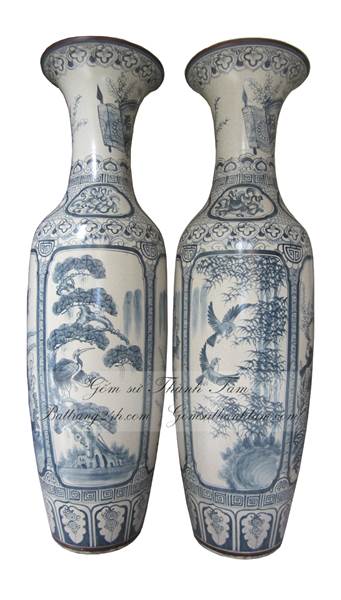On the Origin of Species by Means of Natural Selection, a groundbreaking scientific work by British naturalist Charles Darwin, is published in England. Darwin’s theory argued that organisms gradually evolve through a process he called “natural selection.” In natural selection, organisms with genetic variations that suit their environment tend to propagate more descendants than organisms of the same species that lack the variation, thus influencing the overall genetic makeup of the species.
Darwin, who was influenced by the work of French naturalist Jean-Baptiste de Lamarck and the English economist Thomas Mathus, acquired most of the evidence for his theory during a five-year surveying expedition aboard the HMS Beagle in the 1830s. Visiting such diverse places as the Galapagos Islands and New Zealand, Darwin acquired an intimate knowledge of the flora, fauna, and geology of many lands. This information, along with his studies in variation and interbreeding after returning to England, proved invaluable in the development of his theory of organic evolution.
The idea of organic evolution was not new. It had been suggested earlier by, among others, Darwin’s grandfather Erasmus Darwin, a distinguished English scientist, and Lamarck, who in the early 19th century drew the first evolutionary diagram—a ladder leading from one-celled organisms to man. However, it was not until Darwin that science presented a practical explanation for the phenomenon of evolution.
Darwin had formulated his theory of natural selection by 1844, but he was wary to reveal his thesis to the public because it so obviously contradicted the biblical account of creation. In 1858, with Darwin still remaining silent about his findings, the British naturalist Alfred Russel Wallace independently published a paper that essentially summarized his theory. Darwin and Wallace gave a joint lecture on evolution before the Linnean Society of London in July 1858, and Darwin prepared On the Origin of Species by Means of Natural Selection for publication.
Published on November 24, 1859, Origin of Species sold out immediately. Most scientists quickly embraced the theory that solved so many puzzles of biological science, but orthodox Christians condemned the work as heresy. Controversy over Darwin’s ideas deepened with the publication of The Descent of Man, and Selection in Relation to Sex (1871), in which he presented evidence of man’s evolution from apes.
By the time of Darwin’s death in 1882, his theory of evolution was generally accepted. In honor of his scientific work, he was buried in Westminster Abbey beside kings, queens, and other illustrious figures from British history. Subsequent developments in genetics and molecular biology led to modifications in accepted evolutionary theory, but Darwin’s ideas remain central to the field.
